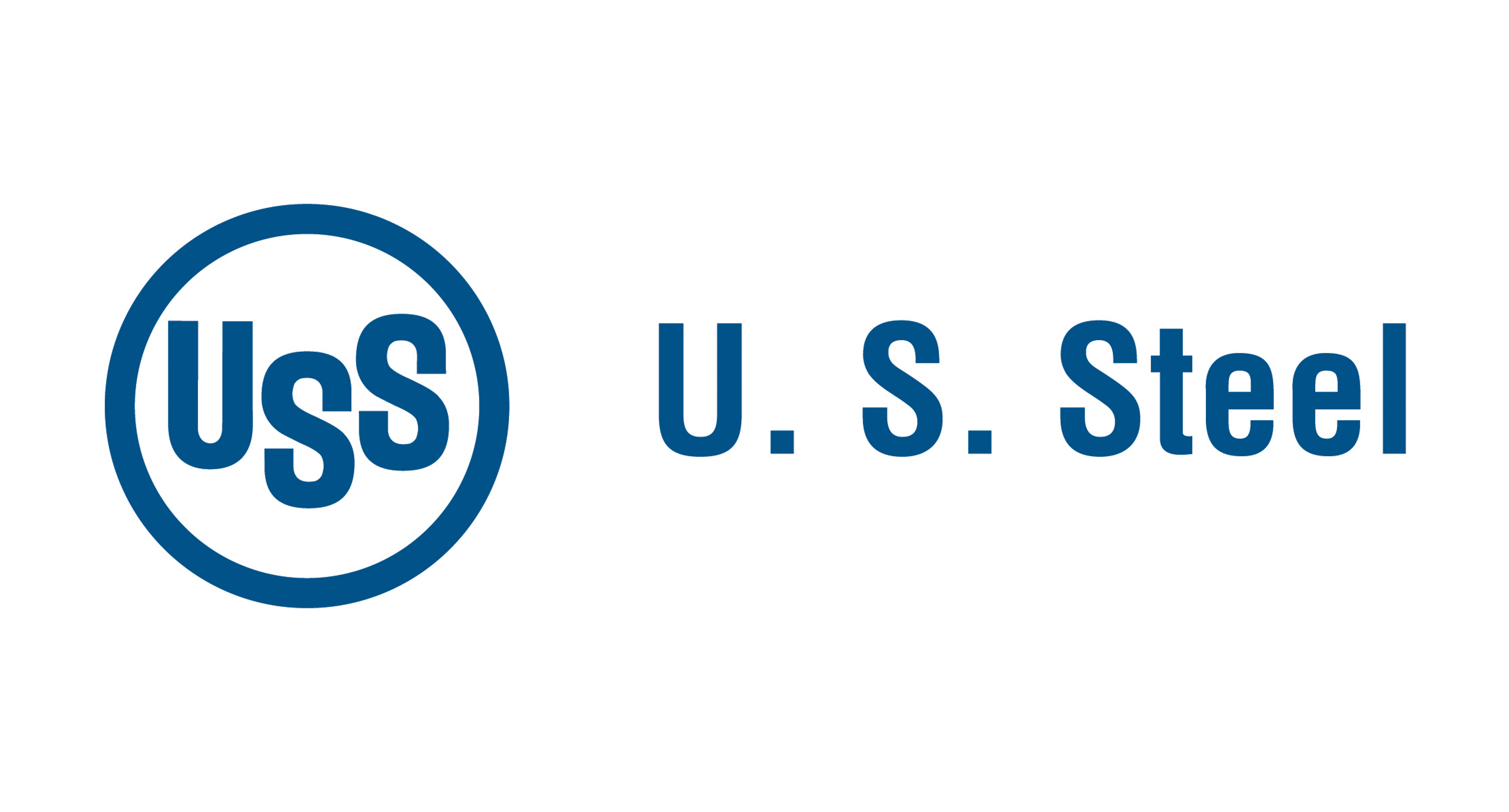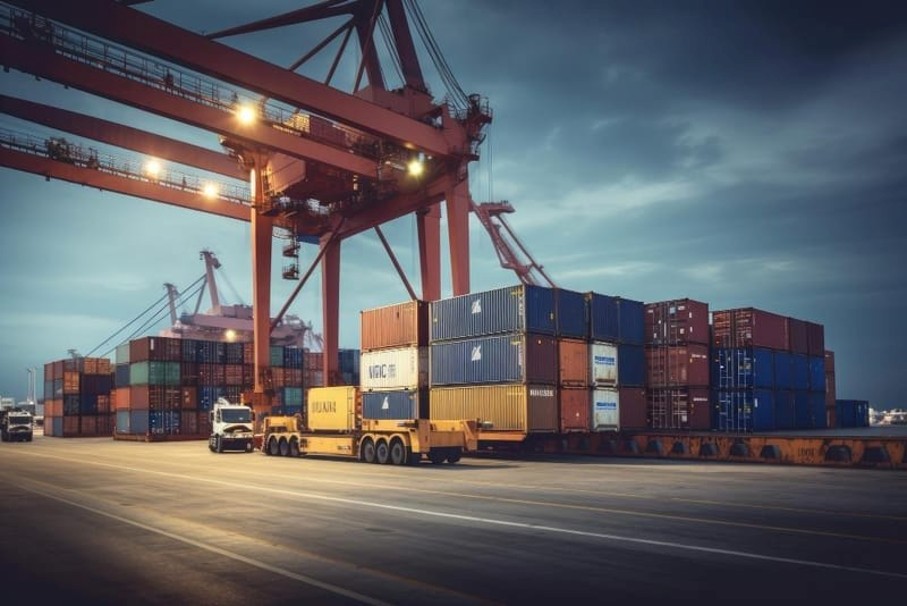Government/Policy

October 31, 2021
U.S. to Lift Section 232 on EU, Replace It With Tariff Rate Quota
Written by Tim Triplett
The U.S. and European Union (EU) announced a deal this weekend that removes Section 232 tariffs on imports from the EU and replaces them with a tariff rate quota (TRQ) system. The agreement ends a dispute dating back to 2018 when President Trump imposed Section 232 tariffs on steel and aluminum imports, and it heads off retaliatory tariffs threatened by the EU. Initial reaction to the truce between the U.S. and EU is generally positive, though trade groups in the U.S. call for strict enforcement of the quota limits to keep “unfair” imports from U.S. shores.
![]() SMU reported on Friday that an agreement was imminent.
SMU reported on Friday that an agreement was imminent.
The particulars of the pact are not fully clear at this point. But various sources say the U.S. will allow a basic overall level of steel imports from the EU based on historical averages, above which further shipments will be subject to the 25% tariff rate that was in place under Section 232. (See today’s column by Lewis Leibowitz for more details and analysis.)
The steel industry’s two top trade groups, the Steel Manufacturers Association (SMA) and the American Iron and Steel Institute (AISI), and their steel mill members, had argued for continuation of the Section 232 tariffs. Representatives express qualified support for the new quotas.
“The deal sets the stage for both trading partners to work collaboratively on solving critical issues such as global excess steel capacity, diversion of unfairly traded steel imports from China through the EU, and reduction of greenhouse gas emissions,” said SMA President Philip K. Bell. “We also believe that with the additional EU volumes not subject to quota, there is a renewed need for the administration to narrow the exclusion process substantially. Many exclusions will not be needed as new investments by the U.S. industry come online.”
AISI President and CEO Kevin Dempsey expressed similar hopes that the new TRQ would prevent another steel import surge that would undermine the U.S. steel industry. “We appreciate the Biden administration’s continued recognition that the American steel industry is critical to our national and economic security, as well as its commitment to addressing the global steel overcapacity crisis and to combatting unfair trade practices in the global steel sector. Proper implementation and enforcement of the TRQ will be crucial to ensuring that the new measures are effective in meeting these critical objectives,” he said. “We urge the U.S. and EU to take active steps to hold China and other countries that employ trade-distorting policies to account. We also believe U.S.-EU cooperation should focus on new trade approaches to address climate change, including through development of effective carbon border adjustment measures.”
The United Steelworkers also supports the new agreement, which USW President Tom Conway said “will maintain but modify Section 232 measures on steel and aluminum from the EU, creating a framework that will ensure U.S. domestic industries remain competitive and able to meet our security and infrastructure needs. It will also provide a much-needed opportunity to address the non-market predatory practices of China and other countries that have distorted global markets, while also spurring a dialogue over climate concerns stemming from countries whose industries are far more carbon intensive than those in the United States and the EU.”
Perhaps more important than controlling imports is the trade deal’s language aimed at reducing carbon emissions. Exports of slabs from the EU to the U.S. would have to be melted and poured in Europe, for example, rather than passing through the EU from a country with lower environmental standards. “With this dispute behind us, we are in a stronger position to address global overcapacity from China with an enhanced enforcement mechanism to prevent leakage of Chinese steel and aluminum into the U.S. market. The deal is a significant win on one of President Biden’s top priorities – fighting climate change,” said U.S. Trade Representative Katherine Tai.
She added: “The first ever carbon-based arrangement on steel and aluminum trade contemplated by the agreements would create greater incentives for reducing carbon intensity across modes of production of steel and aluminum made by American and European companies. We know our allies and trading partners agree, so we will encourage like-minded economies that share our collective commitment to market-based principles and addressing the carbon intensity of these industries to join our global arrangement.”
“This deal creates a framework through which the U.S. and EU agree to take carbon intensity into account in future negotiations. The U.S. and the EU both produce steel and aluminum that is ‘cleaner’ than what is produced in much of the world. The lack of environmental standards in places like China is part of what drives down their costs, and it’s a major contributor to climate change. Today’s deal begins to address those challenges,” said Commerce Secretary Gina M. Raimondo.
“Today’s announcement is great news for America’s steel and aluminum industries and workers, as well as American consumers. Working with our European counterparts, we have secured a deal that will protect American jobs; avoid retaliatory tariffs on iconic American brands like Harley Davidson and the Kentucky bourbon industry; reduce inflationary pressures on products like cars, trucks, appliances and canned goods; and alleviate a major supply chain crunch by supporting increased steel and aluminum capacity in the U.S.,” Raimondo added.
By Tim Triplett, Tim@SteelMarketUpdate.com







